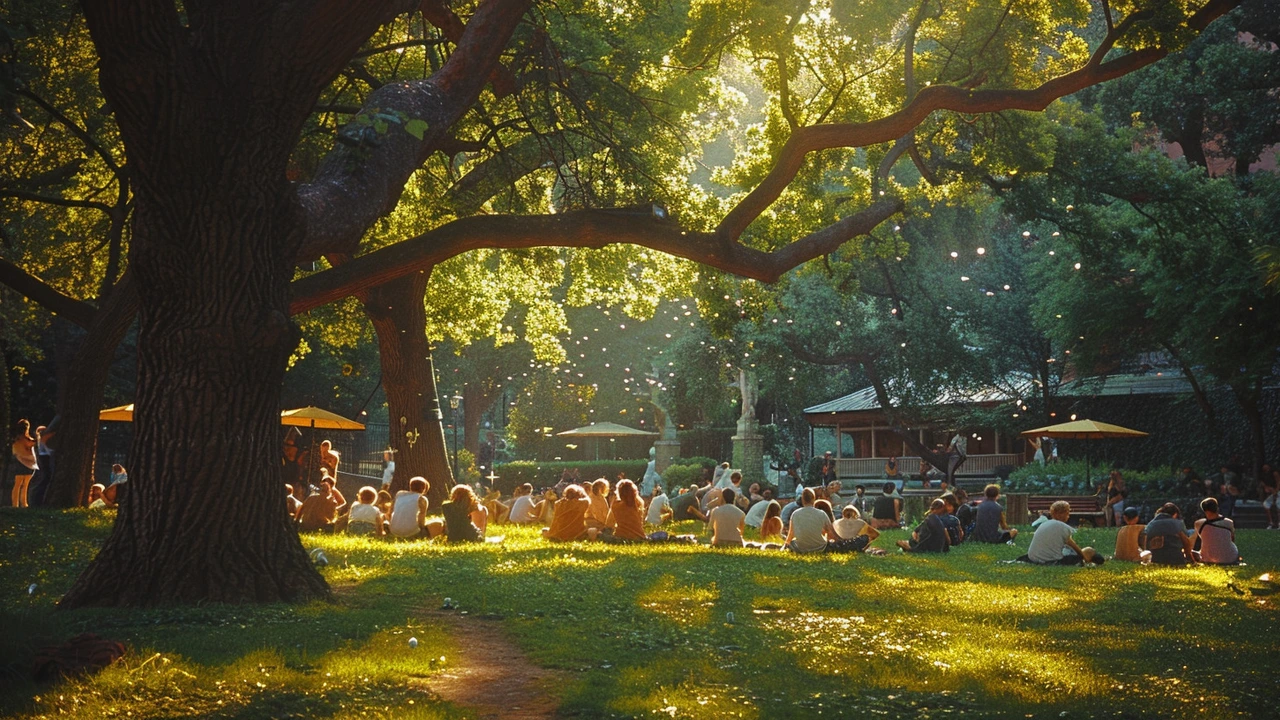The fashion industry is currently experiencing a fascinating phase of revivalism, where the past and present blend seamlessly to create modern interpretations of vintage styles. This article delves into the reasons behind this phenomenon, highlighting how nostalgia, sustainability, and individuality play pivotal roles. It also offers an insightful look into how designers and consumers alike are navigating this trend, breathing new life into forgotten fashions with a contemporary twist. With a mix of historical context and current examples, this piece offers a comprehensive understanding of why revivalism isn't just a trend but a movement reshaping the fashion landscape.
Style Evolution in Architecture: Read the Signs
Buildings tell stories. Walk past a courthouse, a rowhouse, or a glass tower and you can read the era, the tech, and the ideas that shaped it—if you know what to look for. This page pulls together clear, practical ways to track style evolution, spot key features fast, and use that knowledge whether you’re strolling a city block or planning a renovation.
Fast timeline you can remember
Start with the basics: ancient Roman engineering introduced arches, vaults, and concrete that laid the groundwork. The Renaissance brought proportion and classical order. Baroque amplified drama and detail. Georgian and Colonial favored symmetry and restrained ornament. Beaux-Arts added grand public scale and rich decoration. The 20th century split into many paths—Bauhaus/International Style favored function and clean lines; Constructivist and Expressionist pushed bold shapes; Mid-Century Modern simplified forms for daily life; Postmodern reintroduced play and references; High-Tech celebrated structure and systems; Neo-futurism looks forward with sculptural forms and tech-driven aesthetics.
Spotting styles: quick checklist
Use these quick signs when you see a building:
Materials: stone and brick often signal older traditions; exposed steel and glass point to modern or high-tech work.
Shape and symmetry: strict symmetry suggests classical roots (Greek, Georgian); irregular, playful forms suggest postmodern or expressionist moves.
Ornament: lots of carved detail = Baroque or Beaux-Arts; minimal ornament = Bauhaus or International Style.
Tech on display: visible ducts, trusses, or structural frames usually mean High-Tech or industrial-influenced design.
Scale and program: monumental civic buildings often wear Beaux-Arts; intimate homes might be Craftsman or Colonial; futuristic public icons lean neo-futurist.
Want a fast test? Pick one building and answer: what’s the main material, is it symmetrical, does it show its structure, and who was it built for? Those four answers get you a long way.
How do old styles show up today? Architects reuse shapes and details. You'll see Beaux-Arts massing in modern civic centers, Bauhaus clarity in office interiors, and high-tech glazing in new towers. Revival styles keep coming back because they give familiar cues—columns say 'authority,' arches feel 'timeless.' Designers mix these cues with modern systems: preserving a classical façade while fitting efficient HVAC and smart glass inside.
If you’re renovating, keep the strongest historic feature and make modern interventions reversible. If you’re learning, walk neighborhoods with a short checklist, take photos, and compare them to style definitions. Want example reads? Check our posts on Colonial, Beaux-Arts, Bauhaus, and Neo-Futurism for clear visuals and real-world tips. Start with one building, and you’ll start seeing history everywhere.

